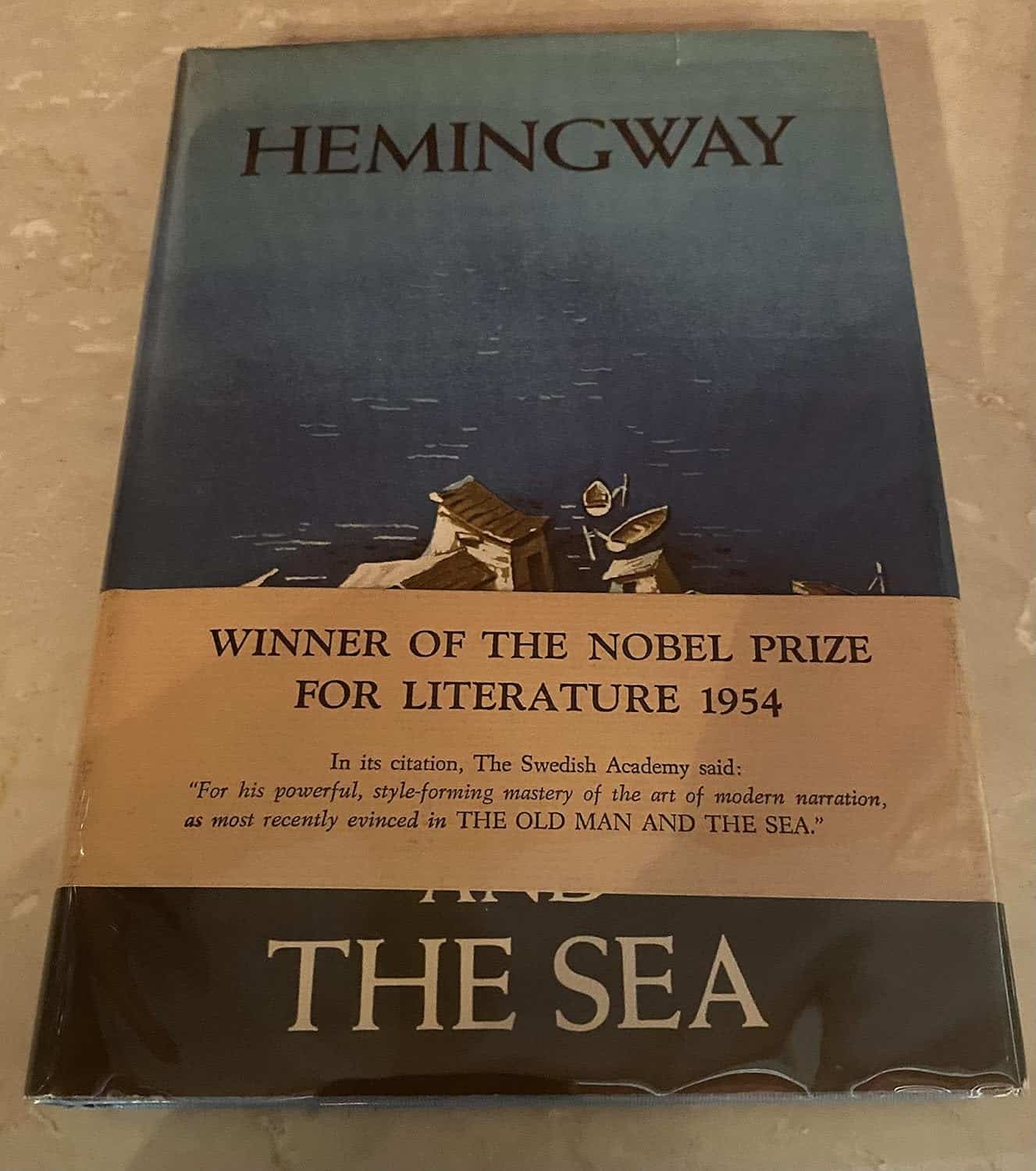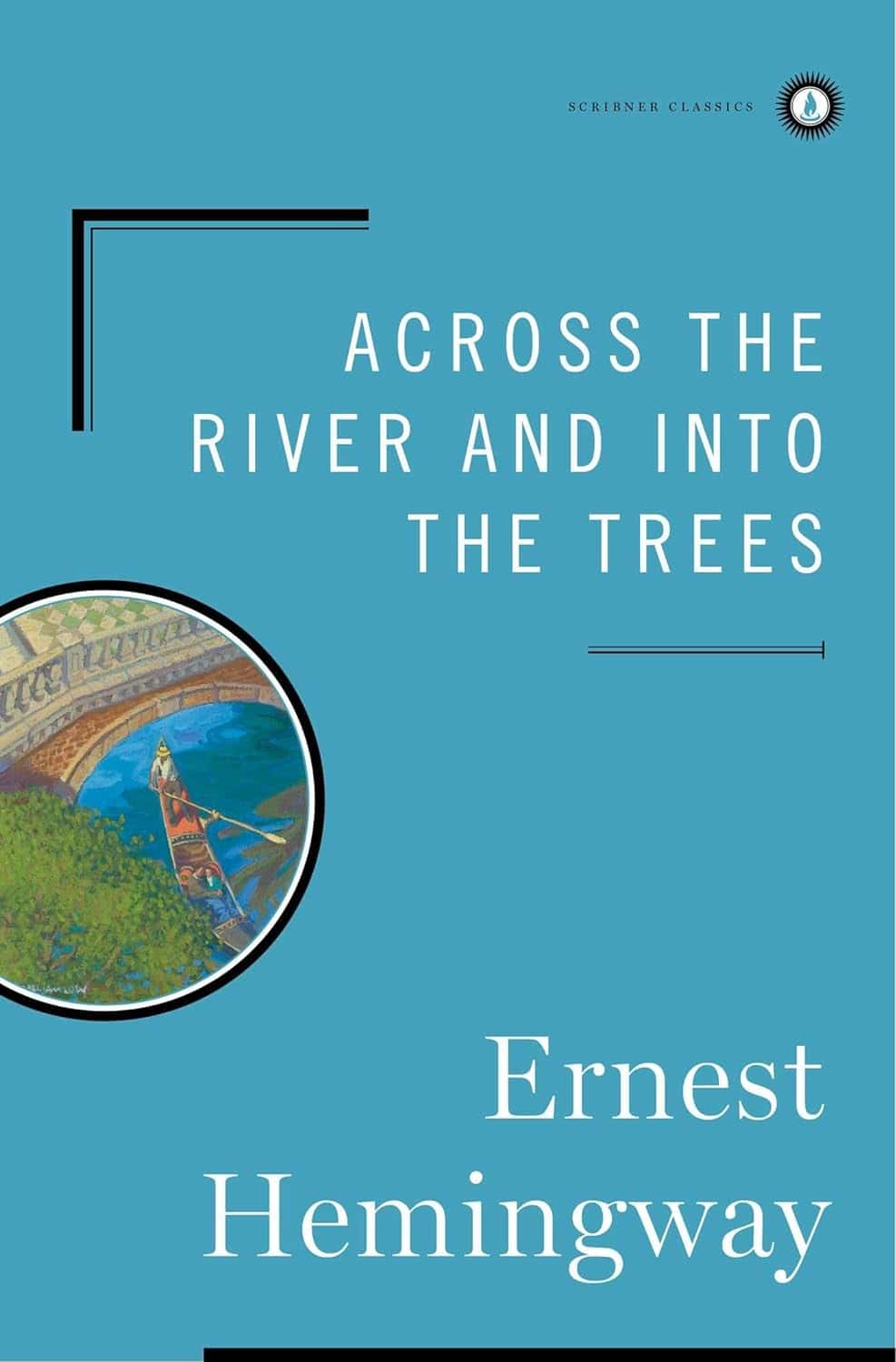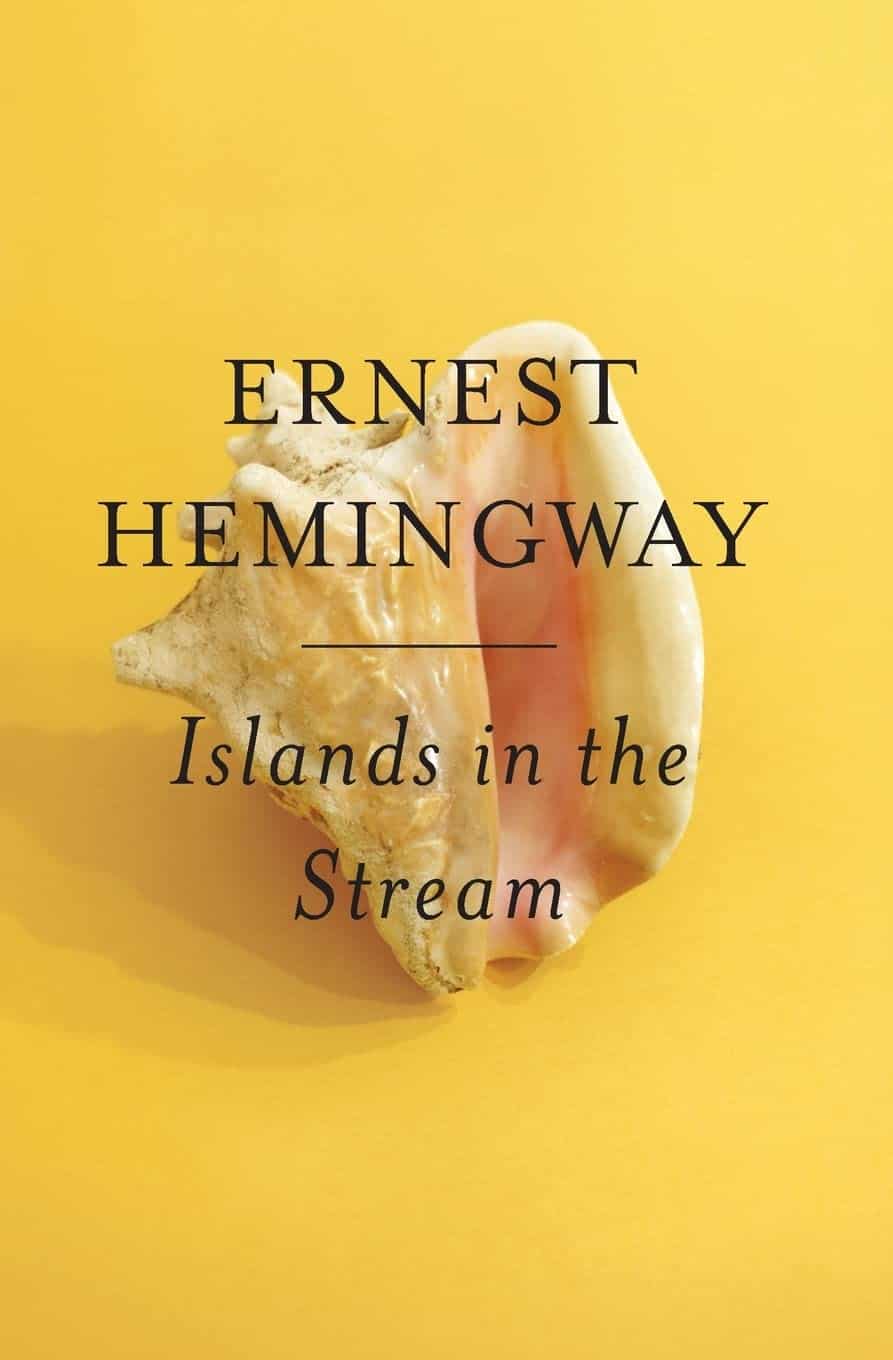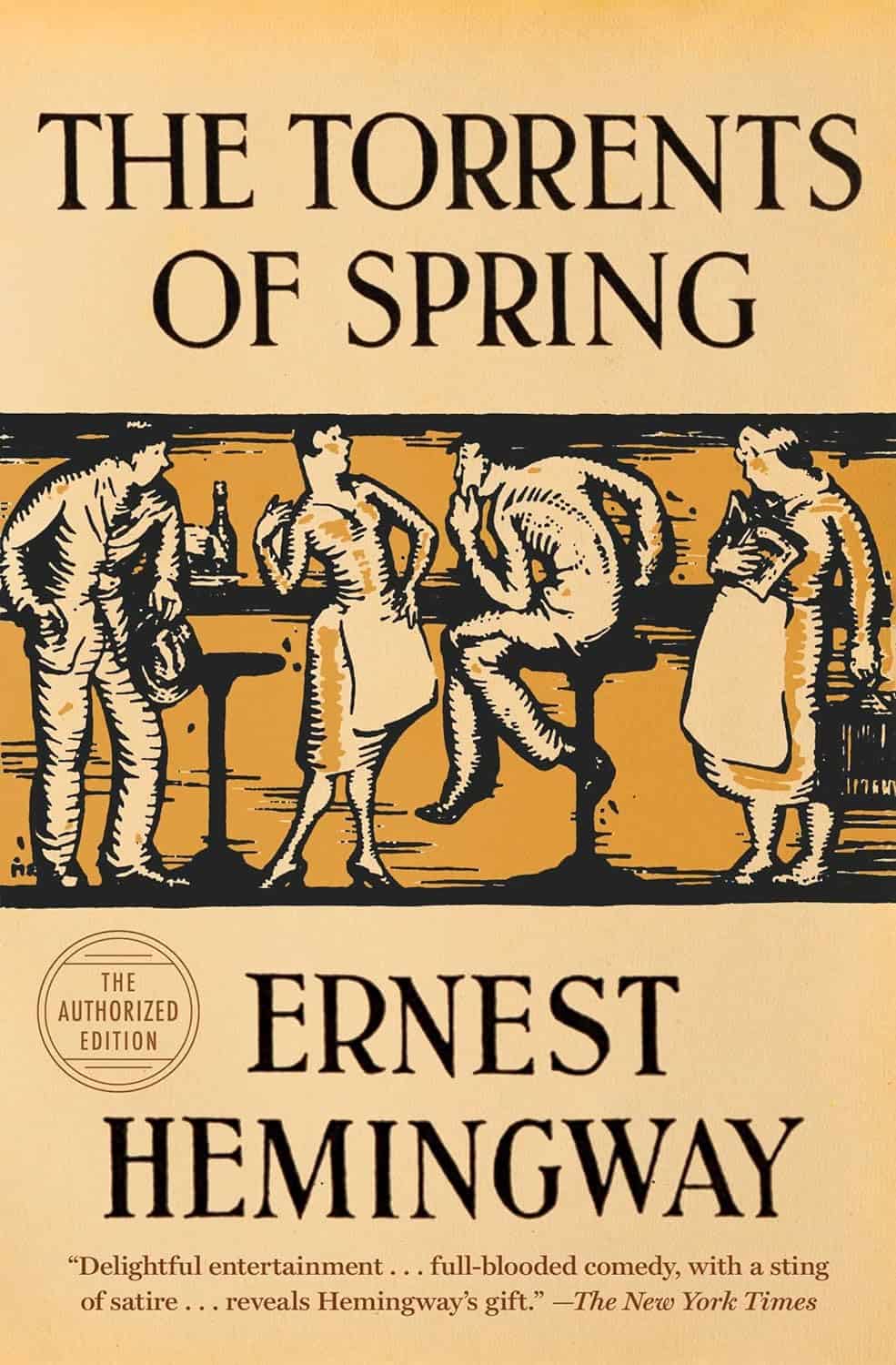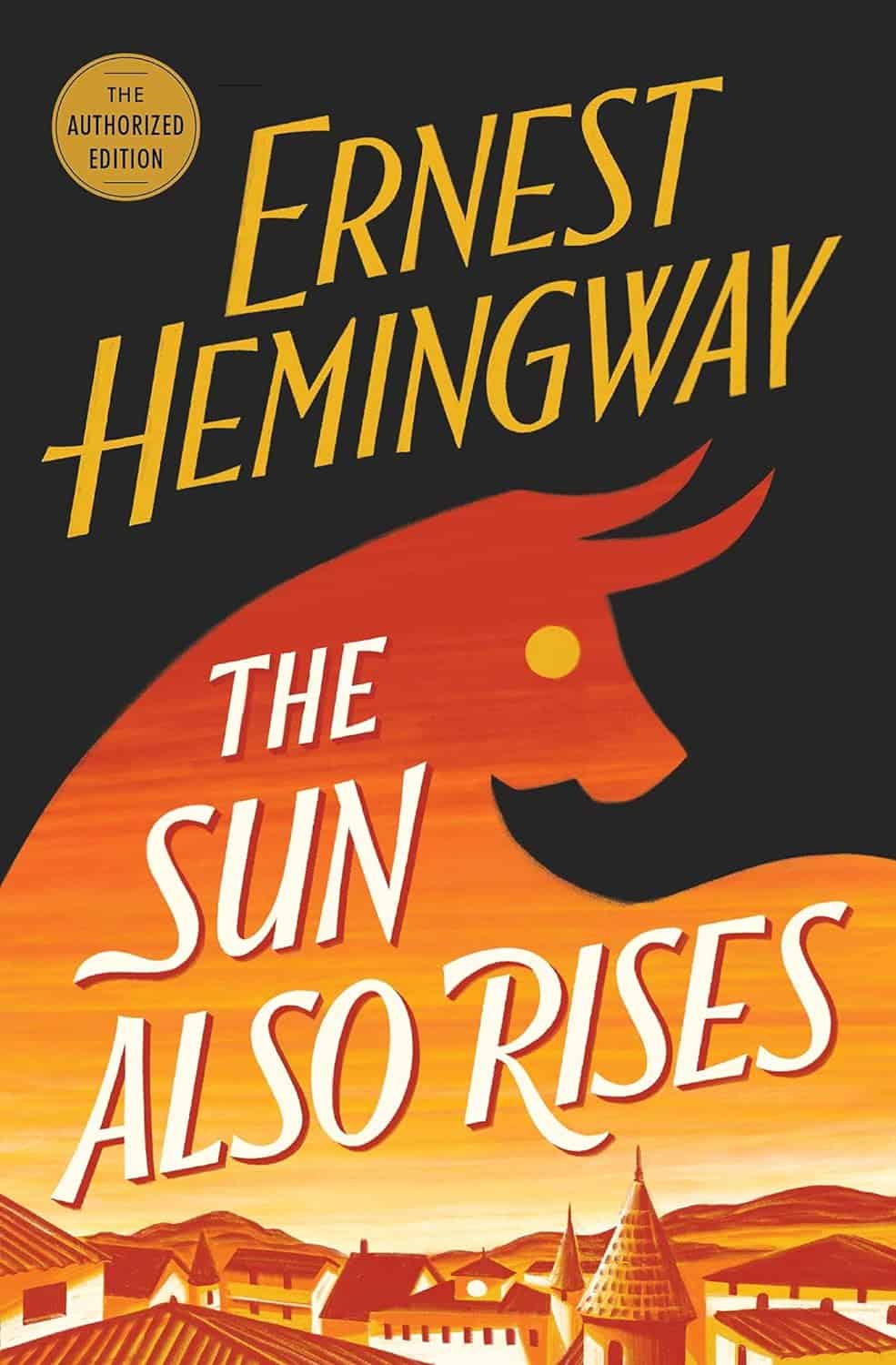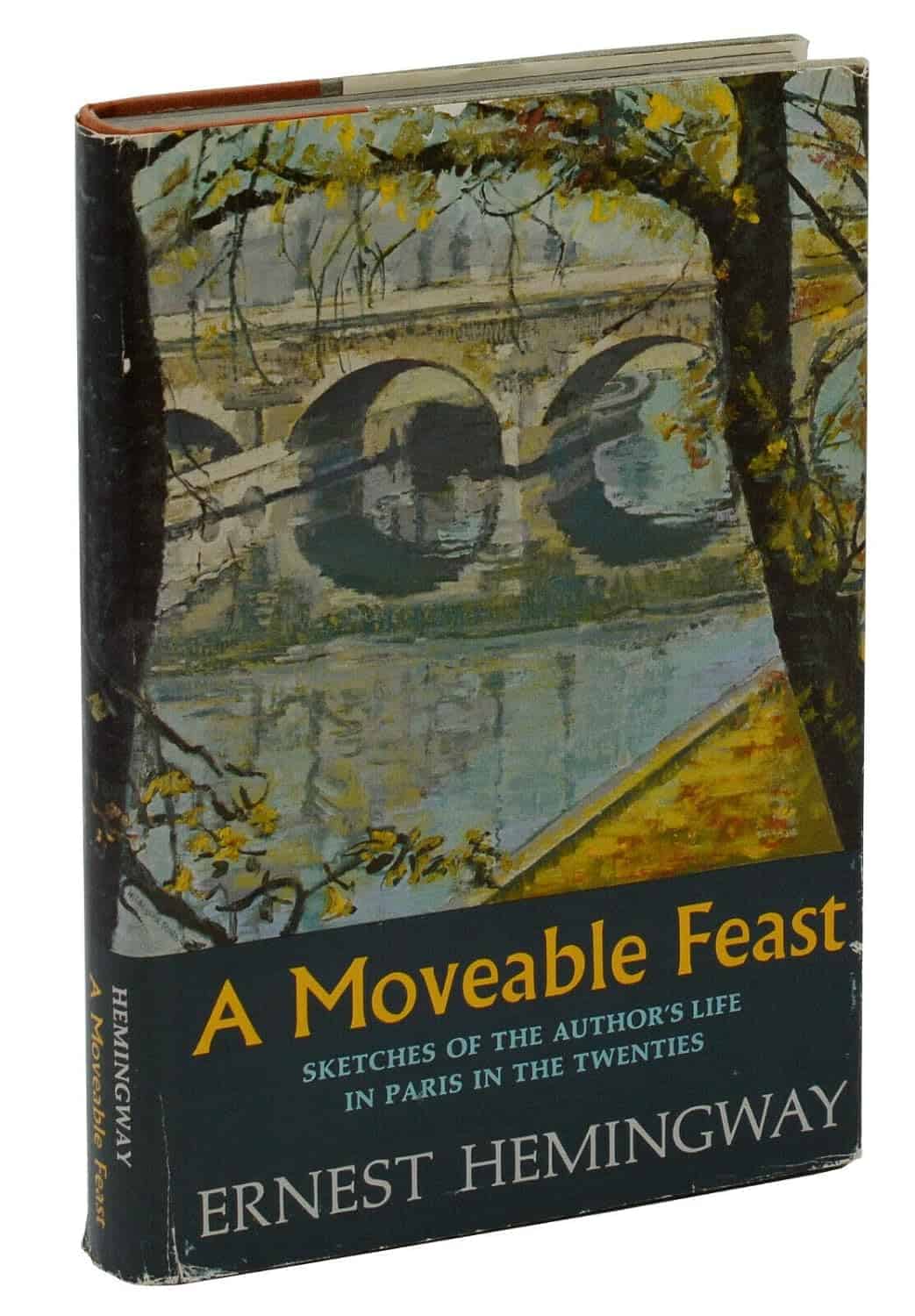The article introduces a new community for book lovers called Discovery. The platform features book recommendations from real people, not robots. It offers various sections, including Featured, Discover, Submit, Reviewers, and Blog. The blog section covers different topics related to literature, including the best Ernest Hemingway books. The article presents 11 of the author’s favorite books, published in chronological order, not preference.
1. The Old Man and the Sea (1952)
Published in 1952, The Old Man and the Sea is one of Ernest Hemingway’s most popular books. The novella explores the themes of courage and perseverance through the story of Santiago, an old Cuban fisherman who is trying to catch a marlin in the Gulf Stream. The book won the Pulitzer Prize in 1953 and played a significant role in Hemingway being awarded the Nobel Prize in Literature in 1954.
The book’s popularity is evident from the fact that it was compared to Moby-Dick by critics of the time. Hemingway’s writing style, which is known for its simplicity and directness, is on full display in this novella. The story is a powerful portrayal of human struggle and determination in the face of adversity.
One of the most famous quotes from the book is, “Now is no time to think of what you do not have. Think of what you can do with what there is.” This quote encapsulates the book’s central theme of making the most of what you have, even in the most challenging circumstances.
A fun fact about the book is that it was featured in a September 1952 edition of Life magazine, which sold over five million copies in just two days. This shows the immense popularity of the book at the time and its enduring legacy in American literature.
2. A Farewell to Arms (1929)
A Farewell to Arms is a novel written by Ernest Hemingway that gained widespread popularity and critical acclaim upon its publication. The book is set during World War I and is narrated from the first-person perspective of Frederic Henry, an American expatriate serving as a lieutenant in the ambulance corps of the Italian Army. The story revolves around Frederic’s love affair with an English nurse named Catherine Barkley.
Hemingway drew heavily from his own experiences during the war, having served in the Italian campaigns and fallen in love with a nurse who cared for him in a hospital in Milan. The novel is often considered to be Hemingway’s masterpiece and is regarded as one of the greatest American war novels ever written.
One of the most notable aspects of A Farewell to Arms is its portrayal of love and relationships during wartime. The novel’s most famous quote, “We could feel alone when we were together, alone against the others. But we were never lonely and never afraid when we were together,” highlights the unique bond between Frederic and Catherine.
Interestingly, before the book was published, Hemingway sent the manuscript to his friend Scott F. Fitzgerald for feedback. Fitzgerald responded with ten pages of notes, to which Hemingway famously replied, “Kiss my ass.” Despite this, the two authors maintained a teasing friendship.
3. Across the River and Into the Trees (1950)
Across the River and Into the Trees is a novel written by Ernest Hemingway, which was published in 1950. This novel was the last full-length novel published by Hemingway and the first one to receive negative reviews from critics. Despite this, it spent seven weeks at the top of the New York Times bestseller list and was the only one of Hemingway’s books to reach the #1 spot.
The novel is set in Italy at the end of the Second World War and is centered on Richard Cantwell, a middle-aged American colonel who is about to embark on a duck-hunting trip in Trieste. Through flashbacks, readers get to know Richard, particularly about a young Venetian countess he fell in love with and his experiences during the First World War. The novel is a love letter to Italy, a love letter to love, and an examination of the different ways in which people meet death.
The title of the novel, Across the River and Into the Trees, comes from the final documented words of U.S. Civil War Confederate General Thomas J. (Stonewall) Jackson: “Let us cross over the river and rest under the shade of the trees.”
The novel has been described as a melancholic and nostalgic reflection on the past and the inevitability of death. Hemingway’s writing style in this novel is characterized by short, simple sentences and a focus on the characters’ inner thoughts and emotions.
Despite the negative reviews that the novel received, it remains an important work in Hemingway’s oeuvre and is still read and studied today.
4. Islands in the Stream (1970)
Islands in the Stream is a novel that was intended to revive Hemingway’s reputation after the bad press of his book Across the River and Into the Trees. The novel consists of three parts, each with its own unique setting and plot.
The first act, titled “Bimini,” introduces the main character, Thomas Hudson, a famous painter who lives in the Bahamas. The second act, “Havana,” takes place at the end of World War II and follows Thomas as he receives news of his son’s death. In the third act, “At Sea,” Thomas tracks the survivors of a sunken German U-boat in an attempt to bring them to justice.
Throughout the novel, Hemingway’s writing style is on full display, with his signature sparse, direct prose. The novel features many of Hemingway’s recurring themes, such as the struggle for meaning in life and the beauty of nature.
A fun fact about the novel is that its original third act was titled “The Sea in Being.” This act was eventually published separately as The Old Man and the Sea, which went on to become one of Hemingway’s most famous works.
5. The Torrents of Spring (1926)
Published in 1926, The Torrents of Spring is a novella written by Ernest Hemingway that parodies Sherwood Anderson’s novel, Dark Laughter. Hemingway viewed Anderson’s work as pretentious and sought to satirize many American and British “great writers” of the day, including John Dos Passos and James Joyce.
The novella is often seen as Hemingway’s attempt to break away from his roots. Firstly, because Anderson played a key role in Hemingway’s early successes as an author. Secondly, many of Hemingway’s Chicago contemporaries subscribed to a distinct “Chicago School of Literature” style, which is mocked in The Torrents of Spring. Finally, it is widely discussed that Hemingway published the parody in order to get out of his contract with his publisher at the time, Boni & Liveright.
Despite being overshadowed by Hemingway’s other works, The Torrents of Spring is an important piece of literature that showcases Hemingway’s wit and humor. Interestingly, the novella was written in just ten days, a testament to Hemingway’s skill as a writer.
6. The Sun Also Rises (1926)
Hemingway’s The Sun Also Rises is a novel about the “Lost Generation,” a term used to describe the disillusioned and angsty generation of people following the First World War. The novel follows the story of Jake Barnes, an unlucky war veteran, and Lady Brett Ashley, an extravagant woman, as they travel from the jazzy Parisian parties of the Roaring 20s to the harsh and brutal bullfighting rings of Pamplona, Spain, with a group of American expatriates.
Initially, the book received mixed reviews for its modern and sparse approach to prose. However, many Hemingway scholars consider it his “most important work,” defining the writing style that would come to be known as the “iceberg theory.” This theory refers to writing that is simple on the surface but contains deeper meanings between the lines.
One of the most memorable quotes from the book is between Jake and Brett, where Brett expresses regret about their relationship. Jake responds by saying, “Isn’t it pretty to think so?” The quote is a perfect example of Hemingway’s minimalist writing style, where the words left unsaid are just as important as the words that are spoken.
7. The Dangerous Summer (1985)
The Dangerous Summer is a nonfiction book written by Ernest Hemingway, which depicts the intense rivalry between two legendary bullfighters, Luis Miguel Dominguín and Antonio Ordóñez, during the summer of 1959. Hemingway’s brother-in-law, Antonio, was a major inspiration for the bullfighting scenes in Hemingway’s famous novel, The Sun Also Rises.
The book was published posthumously in 1985, over 20 years after Hemingway’s death. It is considered to be his last book, as it was completed before his death. The book provides a detailed account of the bullfighting culture in Spain, as well as the intense competition and danger that comes with it.
Interestingly, author James Mitchener provided a whopping 33-page introduction for the book. Despite its delayed publication, The Dangerous Summer remains a classic work of nonfiction and a must-read for those interested in bullfighting or Hemingway’s writing.
8. To Have and Have Not (1937)
To Have and Have Not, written by Ernest Hemingway in 1937, is a novel set during the Great Depression. The story follows Harry Morgan, a fishing boat captain who turns to smuggling contraband and illegal immigrants between Cuba and Florida to make ends meet during tough times. The novel is known for its stark portrayal of the harsh realities of life during the Great Depression.
The setting of the novel is described in vivid detail, from the narrow yards of frame houses to the open-doored, lighted Cuban boilto houses. Hemingway’s writing style is characterized by his use of short, simple sentences and his ability to paint a picture with just a few words.
Interestingly, To Have and Have Not has been loosely adapted into five different films, including the famous 1944 version starring Humphrey Bogart and Lauren Bacall. The novel’s themes of desperation and survival continue to resonate with audiences today, making it a timeless classic.
9. A Moveable Feast (1964)
A Moveable Feast is a posthumously published memoir by Ernest Hemingway that describes his life as a struggling journalist and writer in 1920s Paris. The memoir is a collection of various journal entries, personal accounts, and stories written by Hemingway himself. It features a remarkable cast of notable figures such as Sylvia Beach, F. Scott and Zelda Fitzgerald, Ford Madox Ford, James Joyce, Ezra Pound, Gertrude Stein, and more.
Readers who want to experience Paris in the 1920s as Hemingway did can make a note of the apartments, bars, cafes, and hotels mentioned in the memoir, as many of them still exist today. Hemingway’s love for the city is evident in his famous quote, “If you are lucky enough to have lived in Paris as a young man, then wherever you go for the rest of your life, it stays with you, for Paris is a moveable feast.”
A Moveable Feast has been subject to controversy surrounding Mary Hemingway’s posthumous publication. Some feel that she removed significant passages, including a lengthy apology about Hemingway’s first wife, Hadley Richardson. However, other scholars have defended Mary, asserting that the memoir was published as Hemingway had intended it.
10. Winner Take Nothing (1933)
Hemingway’s last collection of short stories, Winner Take Nothing, is a somber and dark journey through disillusionment, despair, dishonor, and death. Unlike his novels that often feature heroic characters, the stories in this collection focus on the darker aspects of life. The title itself is a bleak indication of the contents within.
One of the most well-known stories in this collection is “A Clean, Well-Lighted Place,” which tells the story of an old Spanish beggar. This story explores themes of loneliness, isolation, and the search for meaning in life.
The collection’s opening lines, “Our nada who art in nada,” set the tone for the stories that follow. Hemingway’s use of repetition and the Spanish word “nada,” meaning “nothing,” emphasizes the emptiness and futility of life.
Winner Take Nothing is a must-read for fans of Hemingway’s works and those who appreciate thought-provoking literature that delves into the darker aspects of the human experience.
Summary
Ernest Hemingway is a renowned American author known for his literary works such as “The Old Man and the Sea,” “A Farewell to Arms,” and “For Whom the Bell Tolls.” His writing style is characterized by its simplicity and directness, which has influenced countless writers to this day. Hemingway’s books continue to be widely read and studied, cementing his legacy as a literary giant.
